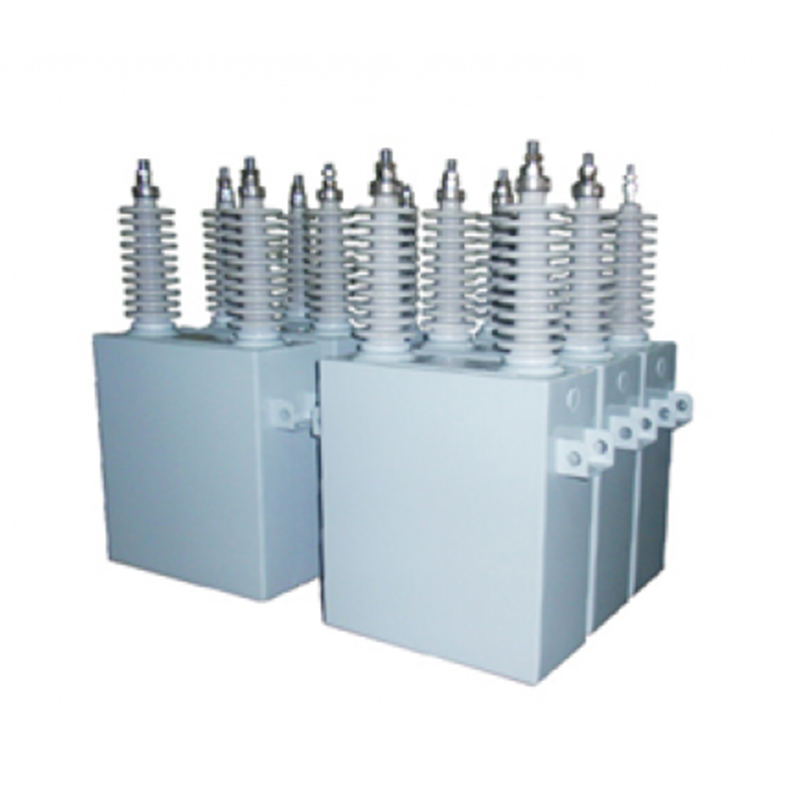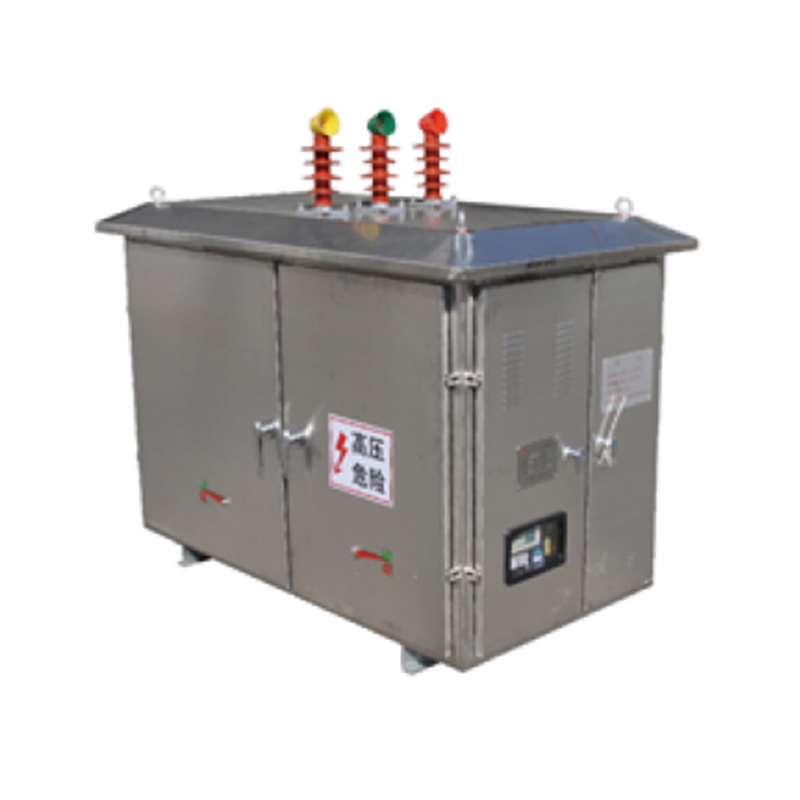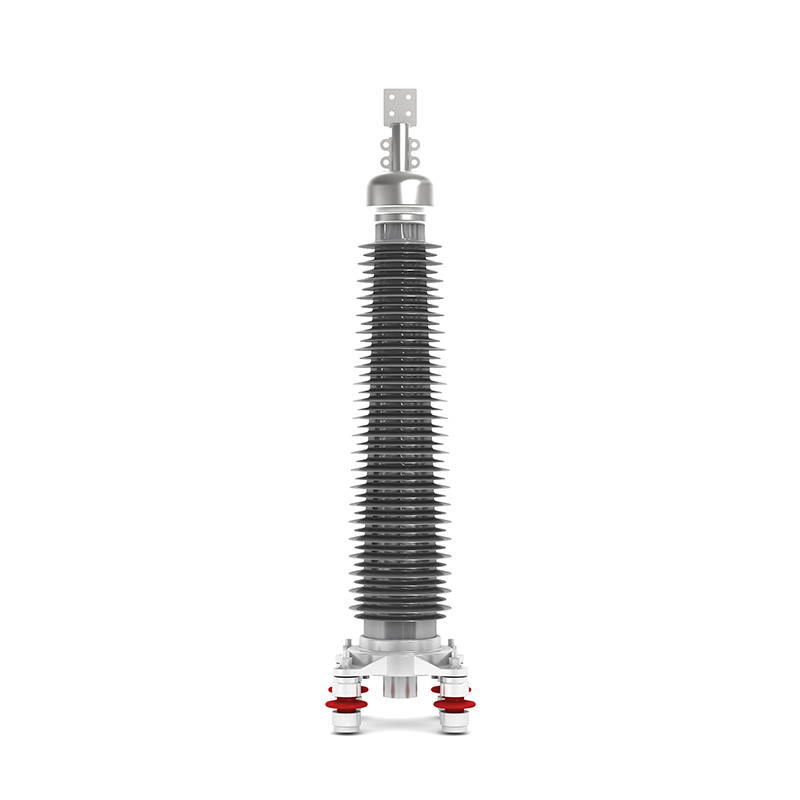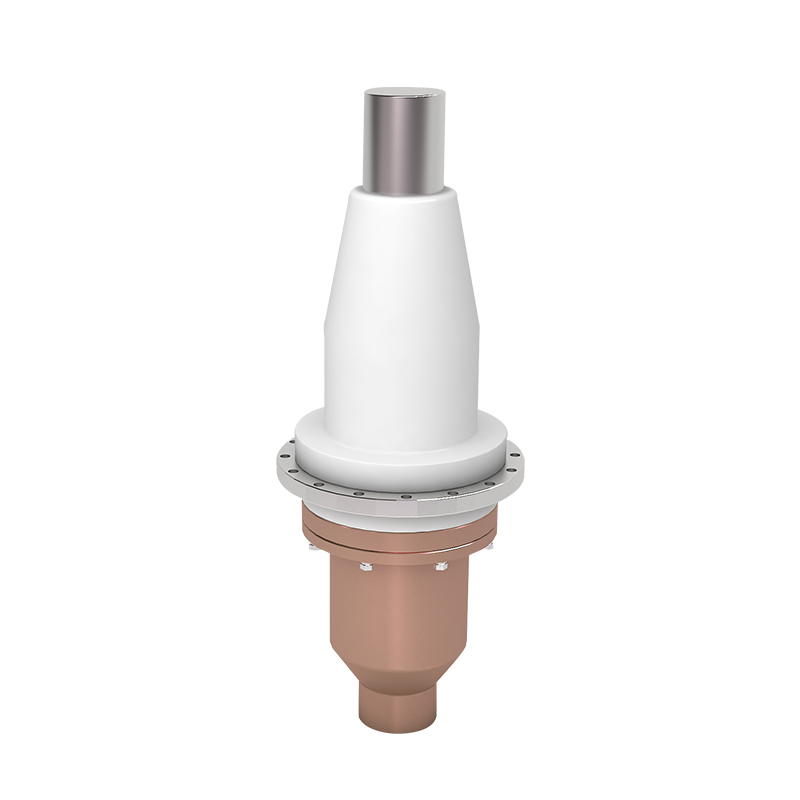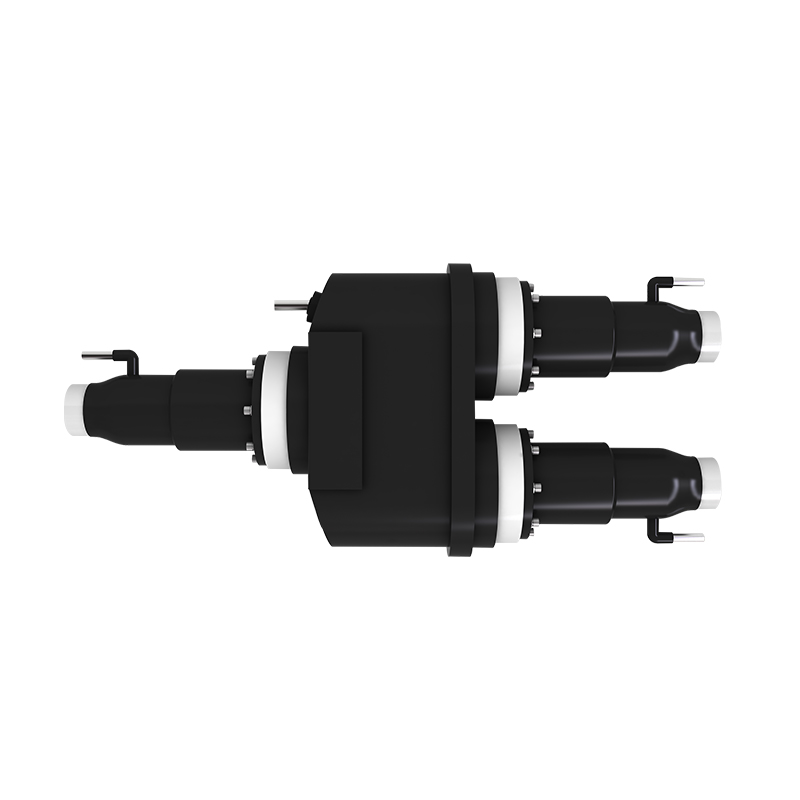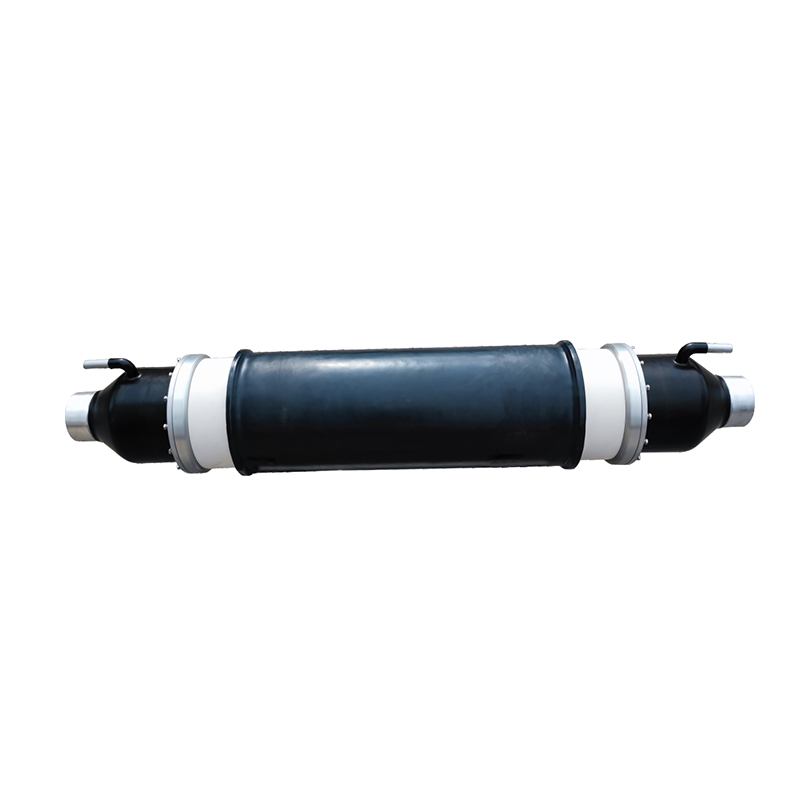Performance of Power Capacitors in Non-Sinusoidal Electrical Environments
Sensitivity of Capacitors to Electrical Frequency Distortions
The application of capacitive components in modern power systems requires an understanding of how they perform under non-ideal conditions. In particular, high-frequency signals and harmonic distortion are increasingly common due to the prevalence of nonlinear loads such as variable frequency drives, inverters, and switching power supplies. When a High Voltage Capacitor Unit is exposed to such electrical environments, its response differs significantly from its behavior under pure sinusoidal waveforms. The internal impedance of a capacitor decreases as frequency increases, making it more susceptible to absorbing harmonic currents, which may result in overheating, accelerated aging, and, in some cases, failure.
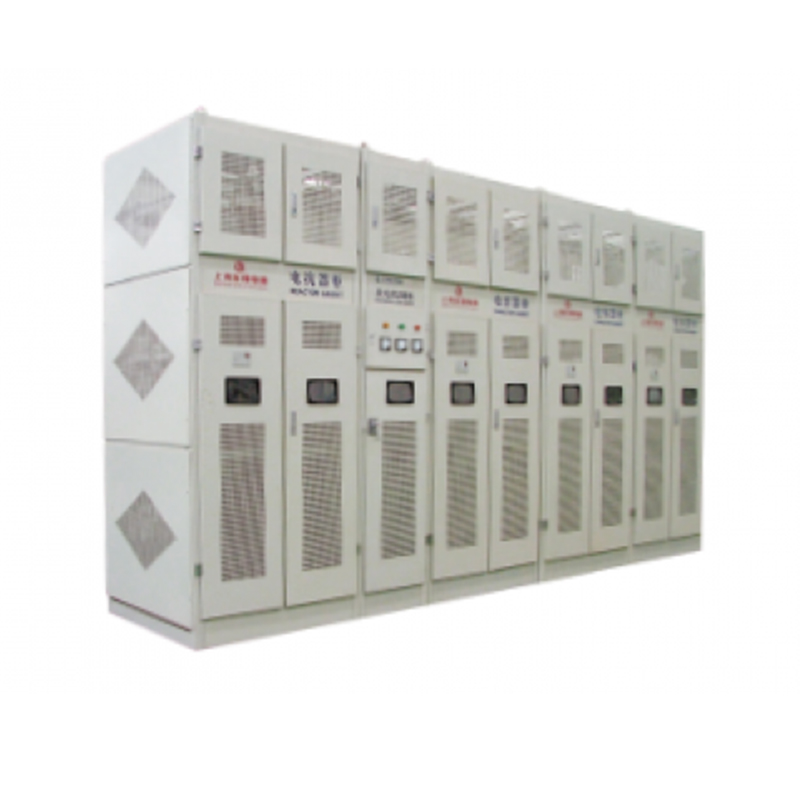
Impact of Harmonics on Dielectric Stress and Thermal Performance
Harmonics—frequencies that are integer multiples of the fundamental frequency—can cause considerable stress within a capacitor’s dielectric material. When a capacitor unit is placed in a circuit polluted by harmonic currents, each harmonic component contributes to an increased effective current through the capacitor. This, in turn, raises the dielectric loss, causing higher internal temperatures. The temperature rise affects both the insulation resistance and the chemical stability of the dielectric, potentially reducing the service life of the component. Capacitors not specifically rated for harmonic duty may show reduced reliability or erratic performance in such conditions.
Resonance Risks and Circuit Amplification Effects
Another concern associated with harmonic-rich environments is resonance. If the inductance in a circuit interacts with the capacitance of the unit in a way that matches a specific harmonic frequency, it can create a resonance condition. At resonance, the impedance drops significantly, and current magnitudes at that frequency can rise sharply, causing severe overcurrent situations. In these scenarios, even a well-designed High Voltage Capacitor Unit might struggle to cope with the excess energy, possibly resulting in capacitor bulging, rupturing, or even explosion if not protected by fuses or reactors.
Design Considerations for Harmonic Mitigation
To address performance challenges in harmonic environments, capacitor manufacturers often include design features that improve durability and thermal stability. These features may involve thicker dielectric layers, improved internal connection geometry to distribute current evenly, and materials with better loss characteristics at high frequencies. Furthermore, passive filtering components such as series reactors are sometimes added to limit the exposure of the capacitor to high-order harmonics. Using a detuned reactor-capacitor combination helps avoid resonance conditions while providing reactive power compensation.
Testing Standards and Performance Verification
In order to ensure operational reliability, units destined for high-frequency or harmonic-prone environments must undergo specific performance tests. These tests include thermal cycling under distorted waveforms, measurement of equivalent series resistance (ESR) at multiple frequencies, and long-duration voltage withstand evaluations. International standards such as IEC 60871 and IEEE Std 18 offer guidelines for testing capacitor behavior in real-world operating conditions. Compliance with these standards ensures that capacitor banks will perform consistently, even in electrically noisy settings.
Operational Practices in Harmonic Conditions
Practically speaking, the successful deployment of capacitors in high-frequency environments requires both proper selection and active monitoring. Engineers must size capacitor banks based on anticipated harmonic content and use harmonic studies to predict potential resonance points. Once in operation, thermal sensors, voltage meters, and current monitoring systems can help detect early signs of overload. Preventive maintenance and periodic inspection of insulation integrity also contribute to prolonging the lifespan and sustaining suitable performance
Recommended Products
The variety of models, to meet the development needs of various regions in the world.
-
Add: No. 508, Dongye Road, Dongjing Town, Songjiang District, Shanghai
-
Tel: +86-13757652508
-
E-mail: [email protected]
 English
English 中文简体
中文简体 русский
русский Español
Español عربى
عربى
